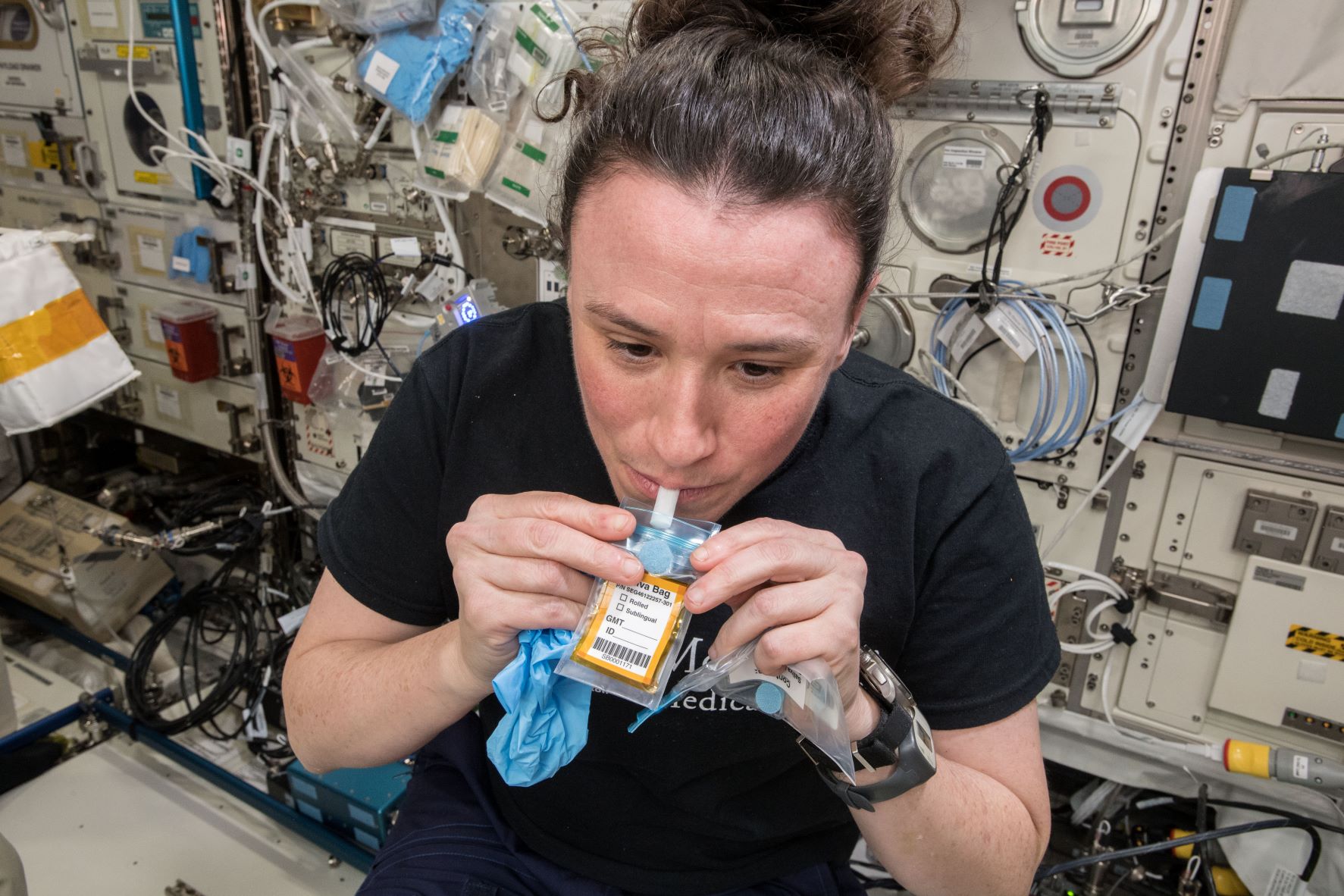Rocket Lab holds steady now on Monday launch of ‘Changes in Latitudes, Changes in Attitudes’ for unknown client – SatNews
Original Publication Date: 2024-11-02 00:00

Rocket Lab will be launching ‘Changes in Latitudes, Changes in Attitudes’ on Monday, November 4th, at 2:30 AM PST from Lab Launch Complex 1 in New Zealand. The launch total cost is $6 million. Rocket Lab’s ‘fastest turn around in two months’ is now on unknown launch date of unknown client.
SpaceX plans three launches in two days – SatNews
Original Publication Date: 2024-11-02 00:00

SpaceX has ambitious plans to have three launches in two days. The first is CRS-2 SpX-31, a resupply mission to the International Space Station. The forecast calls for a temperature of 79°F, few clouds, 19% cloud cover and a wind speed of 17mph.
NASA’s Hubble, Webb Probe Surprisingly Smooth Disk Around Vega

Hubble detects reflected light from dust that is the size of smoke particles largely in a halo on the periphery of the disk. The disk is very smooth, with no evidence of embedded large planets. The black spot at the center blocks out the bright glow of the hot young star.
‘Blood-Soaked’ Eyes: NASA’s Webb, Hubble Examine Galaxy Pair

These galaxies have only grazed one another to date, with the smaller spiral on the left, cataloged as IC 2163, ever so slowly “creeping” behind NGC 2207. The pair’s macabre colors represent a combination of mid-infrared light from NASA’s James Webb Space Telescope with visible and ultraviolet light from NASA's Hubble Space Telescope.
Research Operations and Integration

ROI provides supplies for blood, urine, fecal, skin microbiota, and saliva collections. The group also provides technical direction on sample collection processes. ROI also supports studies of crew member behavior and movement with the help of a variety of devices on the International Space Station.
International SWOT Satellite Spots Planet-Rumbling Greenland Tsunami

The SWOT satellite collected water elevation measurements in Dickson Fjord on Sept. 17, 2023, the day after the initial rockslide and tsunami. The data suggests that water levels at some points along the north side of the fjord were as much as 4 feet (1.2 meters) higher than on the south.
Why NASA’s SPHEREx Mission Will Make ‘Most Colorful’ Cosmic Map Ever

NASA's SPHEREx mission will observe stars and galaxies in 102 colors. The colors aren't visible to the human eye because they're in the infrared range. Scientists will use them to learn about topics that range from the physics that governed the universe to the origins of water on planets.
NASA’s Perseverance Captures ‘Googly Eye’ During Solar Eclipse

The potato-shaped moon passed directly between the Sun and a point on the surface of Mars. Phobos is getting closer to Mars and is predicted to collide with it in about 50 million years. Phobos is only about 17 miles (27 kilometers) at its widest point.
NASA Technologies Named Among TIME Inventions of 2024

Europa Clipper is the agency’s first mission dedicated to studying an ocean world beyond Earth. Using a suite of nine science instruments and a gravity experiment, the mission seeks to determine whether Jupiter’s moon Europa has conditions that could support life. The detailed exploration will help scientists better understand the astrobiological potential for habitable worlds beyond our planet.
How NASA’s Lunar Trailblazer Could Decipher the Moon’s Icy Secrets

Lunar Trailblazer will orbit the Moon about 60 miles (100 kilometers) from the surface. Two science instruments aboard the spacecraft will help unlock these secrets. Knowing how water moves on the Moon could also lead to new insights into the water cycles on other airless bodies.
NASA Helps Find Thawing Permafrost Adds to Near-Term Global Warming

Researchers found the region, especially the forests, took up a fraction more carbon dioxide than it released. This uptake was largely offset by carbon dioxide emitted from lakes and rivers, as well as from fires that burned both forest and tundra. They also found that the region’s lakes and wetlands were strong sources of methane during those two decades.
